Lyndsey Williams is no stranger to challenge.
As the Food Bank Network Director for La Puente's Food Bank Network of the San Luis Valley, she oversees 15 pantries that serve more than 10,000 people spread out over six counties on a landmass roughly the size of Massachusetts. She does this with staff of just one other full-time employee, four AmeriCorps members, and about 50 volunteers.
So when the national health emergency hit, and there was a client increase of 20 percent and a dramatic decrease in her ability to get food and other essentials from the grocery stores that typically help her stock the shelves of the network’s pantries, she innovated. But not in the way she might’ve expected.
First, her community stepped forward in a way she had not yet seen. When she was able to source a semi-of food to replace what she typically got from large chain grocery stores, her neighbors rallied and raised $30,000 even before the paint could dry on a billboard one of her AmeriCorps members created to advertise the fundraising need.
Calvin Brown prepares a food box at the Alamosa Food Bank
“That has held true through this whole experience,” Williams said. “The community here has been willing to help. That has been consistent and really appreciated.”
But Williams attributes her biggest evolution during this difficult time to a simple shift in her own mindset.
Distance and delivery have been a problem for the network since it was founded. People in the Valley often travel more than 50 miles to reach a grocery store. Some residents of the Valley who live dispersed in the area called “The Flats” live entirely off the grid with little transportation. The largely sporadic or seasonal employment available across the Valley, means that often about 20 percent of the people who live there are experiencing financial hardships.
So it was in this already complicated environment that the realities of the global pandemic were exacerbated. The small town of Center, for example, saw two major coronavirus outbreaks in the community of individuals who arrived as migrant workers.
During these individual challenges, Williams was approached by various organizations hoping to help. But to get their help, she had to change the way she thought about the work of the network. She realized that the model the network typically employed for food distribution, was a barrier to people’s ability to get food in the current crisis. The San Luis Valley Area Health Education Center asked if they could distribute food boxes to the families they served alongside other help they provided. The San Luis Valley Immigrant Resource Center had 70 families they supported, those families had an established relationship with the center, not necessarily the food bank network. So Williams and her team realized they had to do things differently and allow partners to use the network’s food resources to support the individuals and families they already served. In Williams’s words, they all had to step out of their “silos”. In the end, this allowed La Puente to partner with six different organizations in this way and serve more than 1,400 individuals.
“I had to understand that we had to step out of our silo and do things differently,” William said. “By letting these partners do what they do best, we could serve more people. It sounds like an obvious thing. But by making this shift in thinking, we unlocked the ability to do more at a time when our community really needed it.”
When the Alamosa Boys and Girls Club found itself in the role of supporting the local school district to provide school meals, Williams harnessed food resources to provide peanut butter and jelly for hundreds of peanut butter and jelly sandwiches. Again, working with partners in new ways to bridge the gap current circumstances had created.
Now Williams is on to the next challenge. Social distancing and other health requirements have shut down client access to the network’s in- pantry shopping opportunities. Food boxes are built and delivered with minimal client input and filled with food that is still in some cases difficult to source. Williams said the network tries to fill client-specific requests where it can, but it will have to find a different model to do this more consistently and efficiently.
“That’s one of my biggest stressors right now. How do we get back the dignity piece in the way we distribute food?” Williams asked. “How can we be both safe and return client choice and culturally-relevant food? It's something we’re working on but certainly not a problem we’ve solved yet.”


